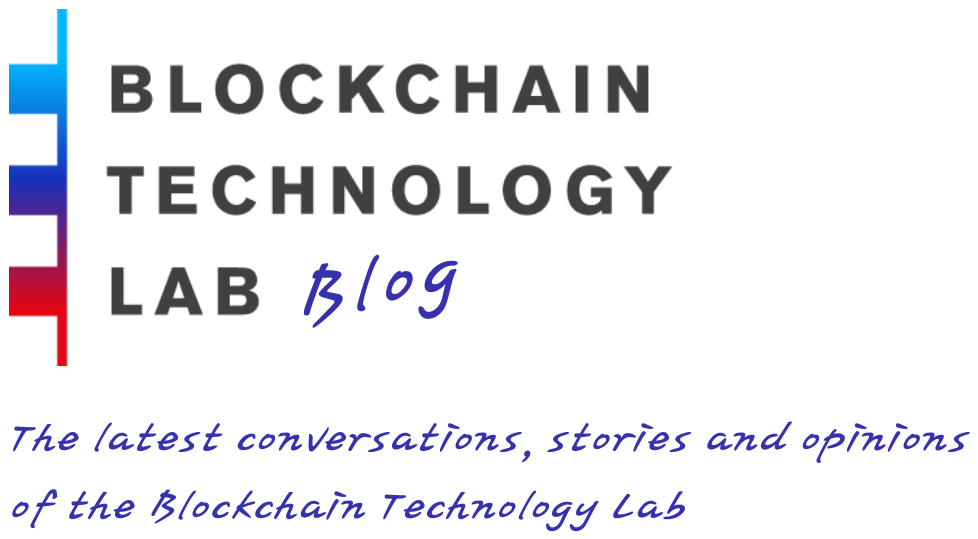The Edinburgh Decentralisation Index (EDI) project takes a deep dive into what decentralisation means in the context of blockchain systems. In earlier blog posts, we introduced the tool developed for the consensus layer and the dashboard that showcases some of our initial results, where more layers are gradually being added. This time, we focus on the software layer, looking at the collaborative projects that drive the development of blockchain implementations and examining how decentralised they are.
For each project, we extract data on contributions made by different users, like how many commits were made or how many lines of code were changed by different people. We then visualise these distributions and apply metrics on them to gain insights about their decentralisation properties.
As an example, the doughnut charts below show the share of commits contributed by each party throughout the history of three repositories (Bitcoin Core, Go Ethereum, and Cardano Node).



In all three projects, we notice that just a handful of people are responsible for most of the commits. But, interestingly, hundreds of others have also contributed in smaller amounts over the years.
To get a better idea of how this changes over time, we break the commit history into chunks of 500 commits each and then look at how the work is split in each of them. In the chart below, we can see how contributions to the Go Ethereum repository evolved over the last decade, from its start in late 2013 up to the summer of 2024. Each coloured area shows the share of commits contributed by each developer.

We can see from the chart that the landscape of contributors of the Go Ethereum project has changed significantly over time. In the early stages, only a few contributors were involved, with a single party handling most of the commits. Over the last few years though, more and more collaborators have been joining, spreading the development work across a broader group.
We can also sum up these commit distributions using decentralisation metrics. One such metric is the “maximum power ratio,” which shows how dominant the top contributor was during a given period. For example, if in a chunk of 500 commits, one user contributed 200 commits, while others contributed fewer commits each, then the maximum power ratio would be 200/500 = 0.4. In the graph below, we can see how this ratio has shifted over time for the three repositories.

Once again, we observe that Go-Ethereum started with a high level of centralisation, with a single contributor authoring over 80% of the first 500 commits. However, over time, the maximum power ratio of this repository has shown a downward trend, with no single user contributing more than 20% of commits in any period during the last two years. The other two repositories exhibit fewer fluctuations, with Cardano’s maximum power ratio ranging between 13% and 36% and Bitcoin’s between 15% and 55%.
While these results serve as examples, note that our tool supports many more repositories and decentralisation metrics. For more extensive results, you can visit the relevant page of the EDI dashboard, or even run the analysis with options of your choice by using the source code that is publicly available on GitHub (the README has all the instructions needed).
Thanks a lot for your interest in the EDI project!




